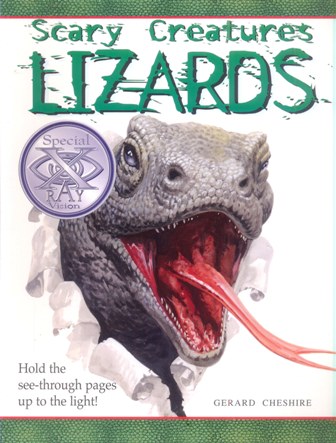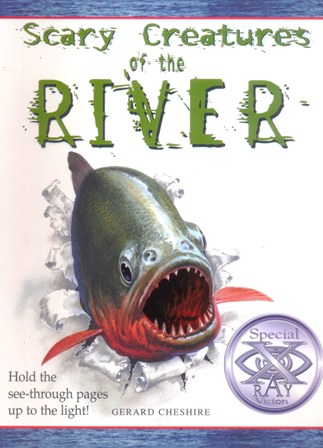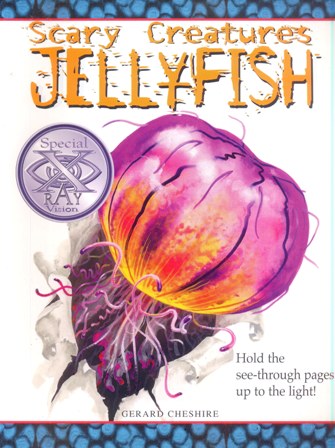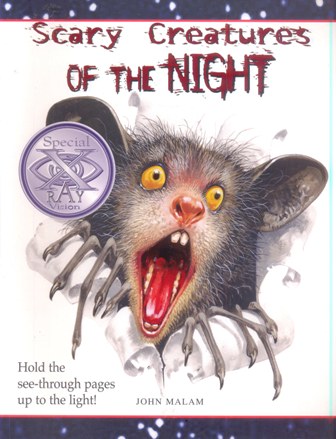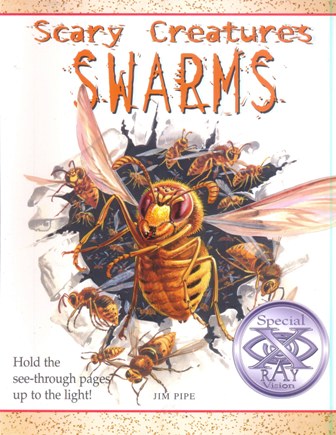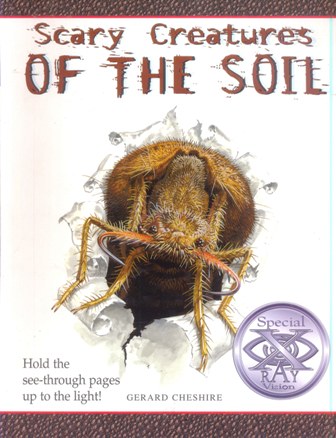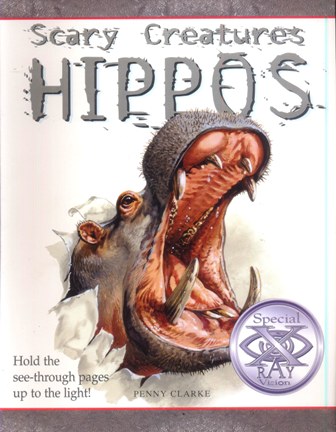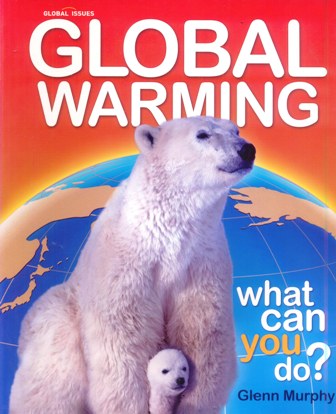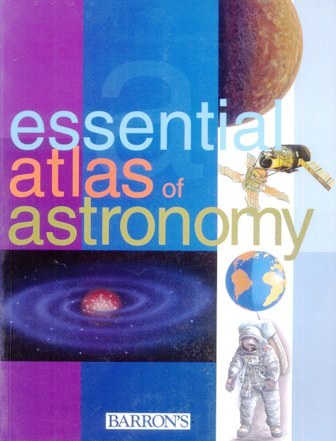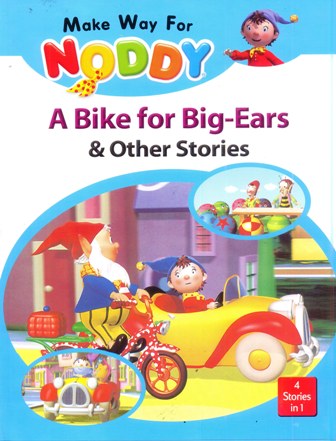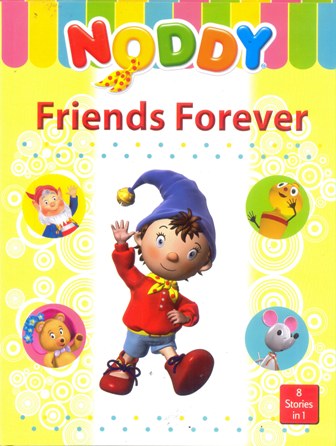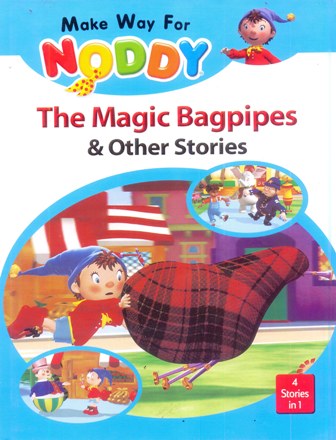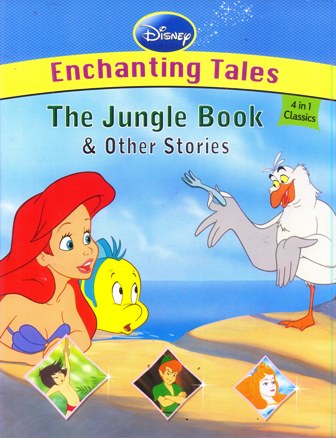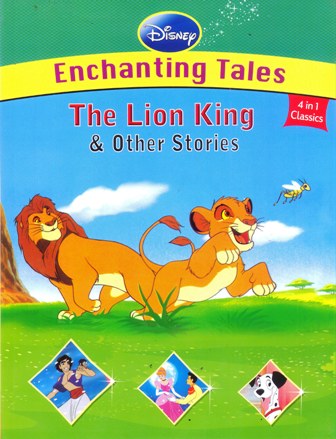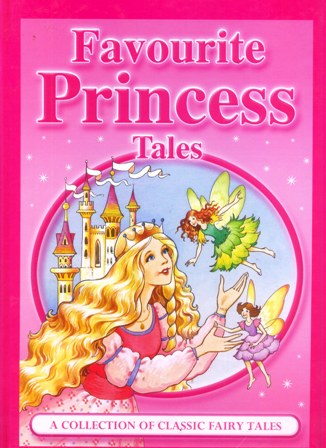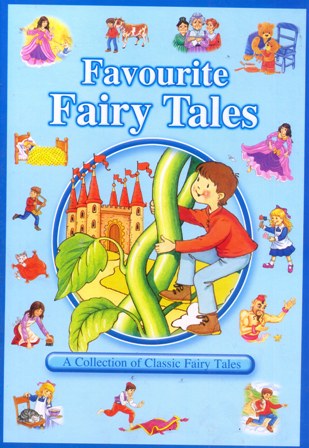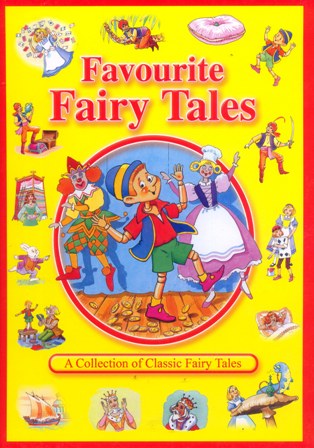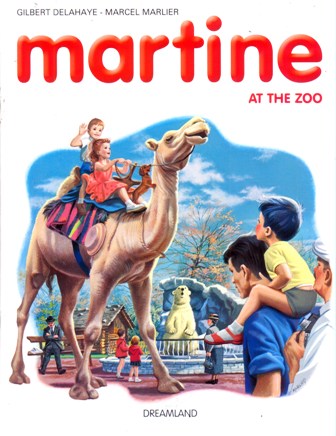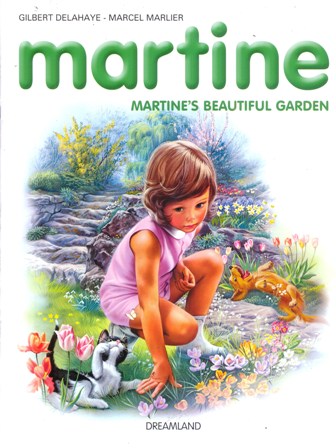-
Scary Creatures Lizards
Scary Creatures is an entertaining series investigating the more grisly aspects of natural history. Where do lizards live? What do they eat, and how do they catch it? Why are they so fond of sunshine? And is there any reason to be afraid of them? Learn about the many different kinds of lizards that can be found worldwide.
-
Scary Creatures Of The River
"Scary Creatures" is an entertaining series investigating the more grisly aspects of natural history. Do monsters live in rivers? What makes piranhas so scary? What is a 'living fossil'? How can fish be shocking? This book takes a look at river-dwelling creatures from around the globe, from the tiny-but-deadly mosquito to aggressive hippos and giant catfish. "Scary Creatures of the River" is packed with facts written in an accessible question-and-answer format. It includes special x-ray pages that enable readers to see how the internal structure of an animal corresponds to its external appearance. The book features startlingly realistic illustrations and impressive photographs. Informative captions, a complete glossary and an index make this title an ideal educational text. Informative captions, a glossary, facts section and an index make this title an ideal educational text.
-
Scary Creatures Jellyfish
Scary Creatures is an entertaining series investigating the more grisly aspects of natural history. Are we right to be afraid of jellyfish? What do they eat? Why do they sting? How can they live with no eyes and no brain? The book explores the life of these amazing animals, which have the most complicated life cycle of any creature on the planet.
-
Scary Creatures Of The Night
Surveys a range of nocturnal animals: mammals, reptiles, birds, insects, fish, spiders - with a look at such imaginary horrors as vampires and werewolves. This book includes x-ray pages, which enable readers to see how the internal structure of an animal corresponds to its external appearance.
-
Scary Creatures Swarms
Plagues of locusts. Armies of armyworms. From the beluga whale right down to the killer bee, this work offers information about supercolonies and swarms. It looks at the life cycles, breeding and feeding habits of scary creatures that unite en masse to escape or to threaten.
-
Scary Creatures Of The Soil
Can beetles bury the dead? Why are worms good for the soil? What's inside a termite mound? How safe is a burrow? Dig deep and find out all about the scary creatures living beneath our feet, from worms that help the soil to predators - big and small - that hunt below ground. "Scary Creatures of the Soil" is packed with facts written in an accessible question-and-answer format. Its special x-ray pages enable readers to see how the internal structure of an animal corresponds to its external appearance. The book features startlingly realistic illustrations and impressive photographs. Informative captions, a complete glossary and index make this title an ideal educational text.
-
Scary Creatures Hippos
Terrifying river horses? Protective mothers? Enemies of ancient Egypt? How do hippos live? What\'s a pygmy hippo? Are hippos in danger? This work helps you find out the answers to these questions and more. It contains special x-ray pages that enable readers to see the inside of a hippo and offer a look into their habitat.
-
Essential Atlas Of Astronomy
This good-looking, information-packed atlas has been designed with space-age skywatchers in mind. It's filled with full-color photos, sky charts, and vivid full-color art renditions of objects in outer space. Diagrams and illustrations explain the origins of the universe and our solar system. Photos taken from powerful telescopes capture visions of comets, nebulae, stars being born, distant galaxies, the surface of our Sun, and the earth's neighboring planets. The composition of the Earth, as well as other planets, is shown and discussed. Also shown and explained are both ancient and modern telescopes, including giant, state-of-the-art radiotelescopes located in various parts of the world. The book's final section shows and discusses the history of space exploration, starting with early twentieth-century experiments in rocket science, and extending to the international manned space station currently under construction. Here's a great volume for amateur astronomers of all ages, and a fine textbook supplement for high school science classes.

